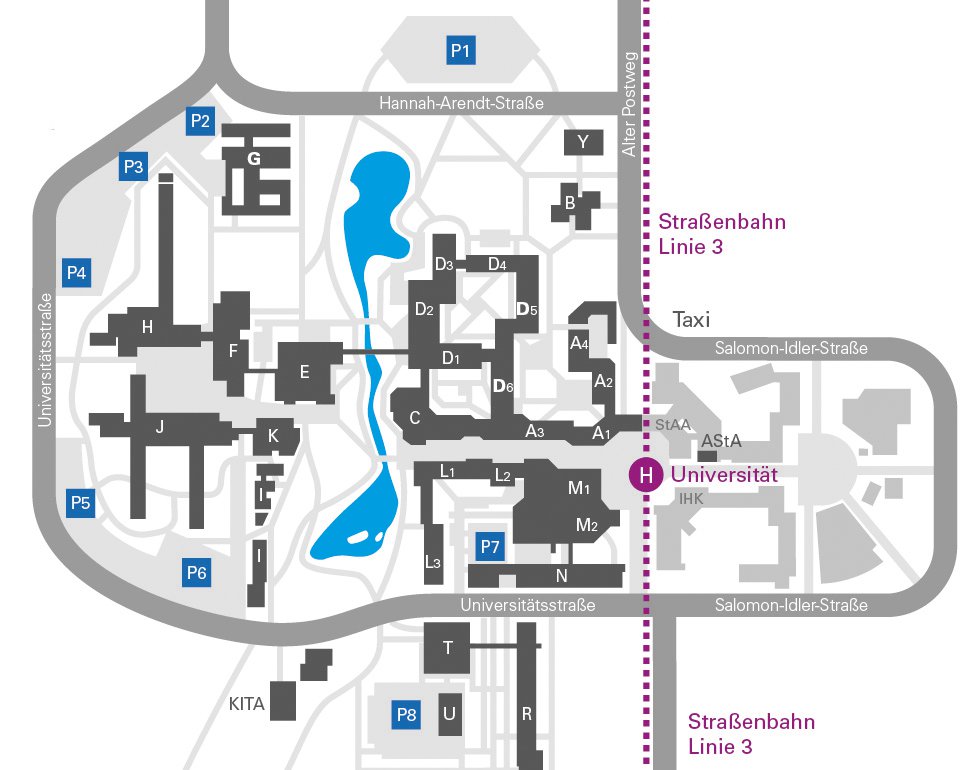Contact Person
Contact information:
Address:
Experimentalphysik IV
Institut für Physik
Universität Augsburg
86135 Augsburg
Phone: +49 821 598 -3402 (Office)
Fax: +49 821 598 -3425
E-Mail: sekretariat_ep4@physik.uni-augsburg.de (Office)
Building: R






